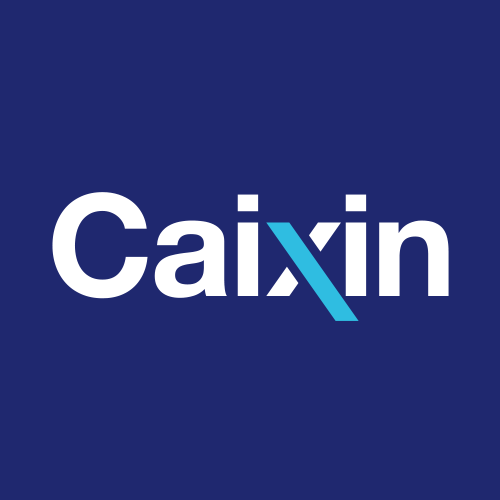New Green Vehicle Incentives Drive for Higher Performance

China’s latest incentives to promote new-energy cars include a broader roll-back of subsidies as Beijing tries to wean the sector from state support, though makers of higher-performing vehicles will continue to receive strong backing, according to a newly released government notice.
Strong government incentives have helped China to become the world’s largest market for new-energy vehicles (NEVs), which include pure electric, hybrid and hydrogen fuel-cell models. But abuse of those incentives has led to a boom in producers of mediocre models with limited range and older technology, prompting Beijing to rethink the program.
The latest incentive plan will raise the threshold for pure electric vehicles eligible for subsidies to ones that can travel at least 150 kilometers (93 miles) on a single charge, up sharply from the previous threshold of 100 km, according to a notice (link in Chinese) on the Ministry of Finance website dated on Monday. Vehicles with a 100-150 km range were previously eligible for central government subsidies of 20,000 yuan ($3,175).
Electric cars that can go 150-300 km on a single charge will see their subsidies adjusted downward, while cars with longer ranges will see boosts to their subsidies based on how far they can go. The new policy will also give higher subsidies for vehicles using higher-density electric batteries, while also raising the minimum threshold for eligible batteries to 105 watt hours per kilogram (Wh/Kg) from a previous 90 Wh/Kg.
Hybrid plug-ins will see their subsidies dropped to 22,000 yuan per vehicle from a previous 24,000 yuan, while subsidies for hydrogen fuel-cell vehicles will remain the same. The new policies will take effect over a transition period between February and June in order to avoid major disruptions. They will only apply to central government programs, with local governments allowed to continue crafting their own complementary policies.
While subsidies are generally being cut to focus on higher-quality vehicles, Beijing is also taking separate new steps to encourage the industry’s development by rolling out a quota system for traditional gas-powered vehicle-makers. Under that system, traditional gas-powered carmakers, including nearly all of the world’s major brands, will be required to post a fixed percentage of their China sales as NEVs starting next year. The program uses a point system for each car sold, and companies that fail to get enough points can buy points from other companies that exceed their quota.
The subsidies and quota system will generally benefit China’s largest and most cutting-edge NEV makers, including BYD Co. Ltd. and BAIC Motor Corp. Ltd. Many of those have recently established electric car-making joint ventures with big global names like Volkswagen AG and BMW AG, as the foreign giants rush to build up their China-based new-energy car production capacity in time to meet the 2019 quotas.
Contact reporter Yang Ge (geyang@caixin.com)

- 1China Sets 2026 Economic Priorities With Demand Revival at the Core
- 2In Depth: China Bad-Debt Managers’ Bet on Bank Stocks Could Backfire
- 3Beijing Moves to Rein in Steel Exports With New Licensing Rule
- 4China Ramps Up Effort to Offload Vast Supply of Unsold Homes
- 5China’s Elite-Focused Schools Are Failing Most Students, Top Educators Say
- 1Power To The People: Pintec Serves A Booming Consumer Class
- 2Largest hotel group in Europe accepts UnionPay
- 3UnionPay mobile QuickPass debuts in Hong Kong
- 4UnionPay International launches premium catering privilege U Dining Collection
- 5UnionPay International’s U Plan has covered over 1600 stores overseas






